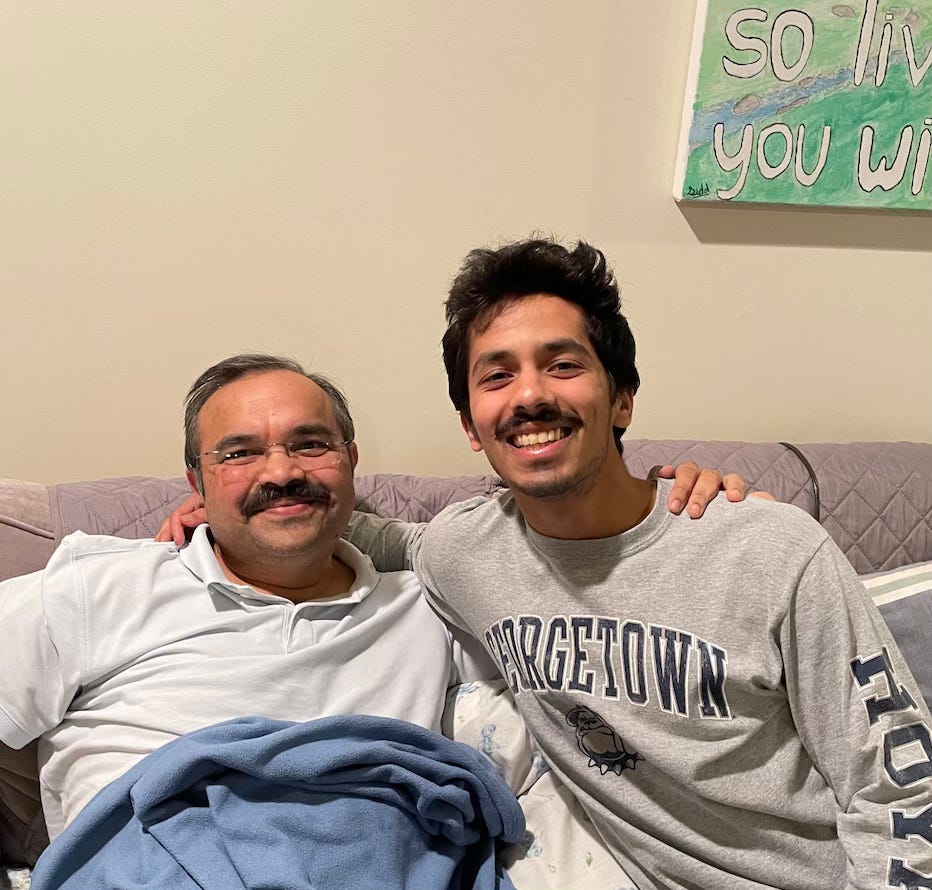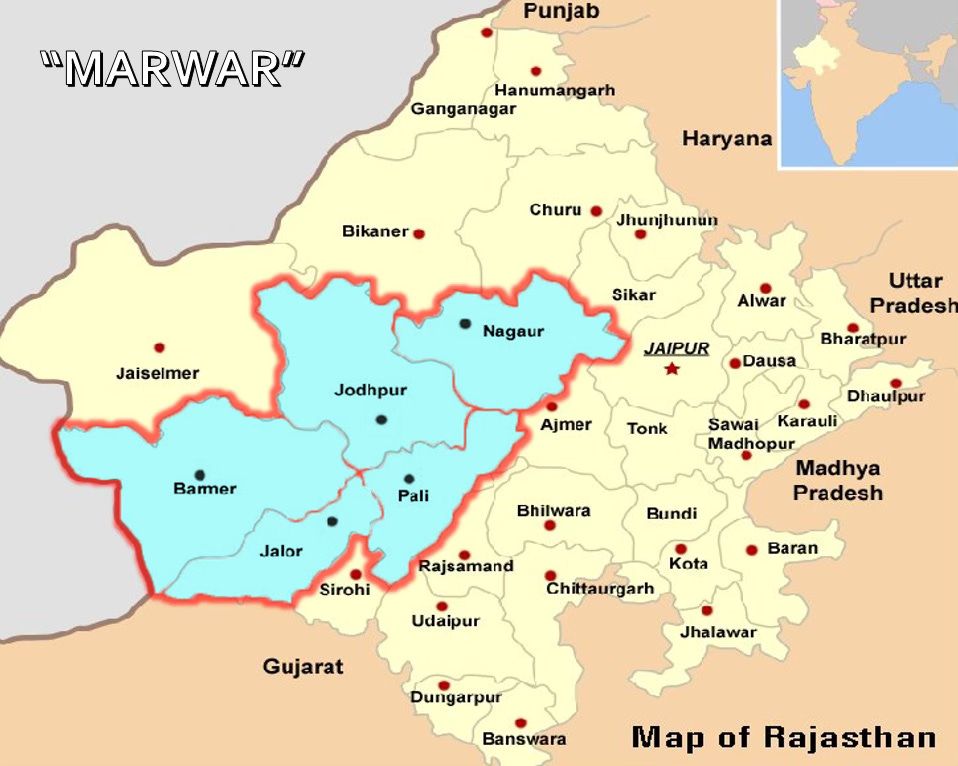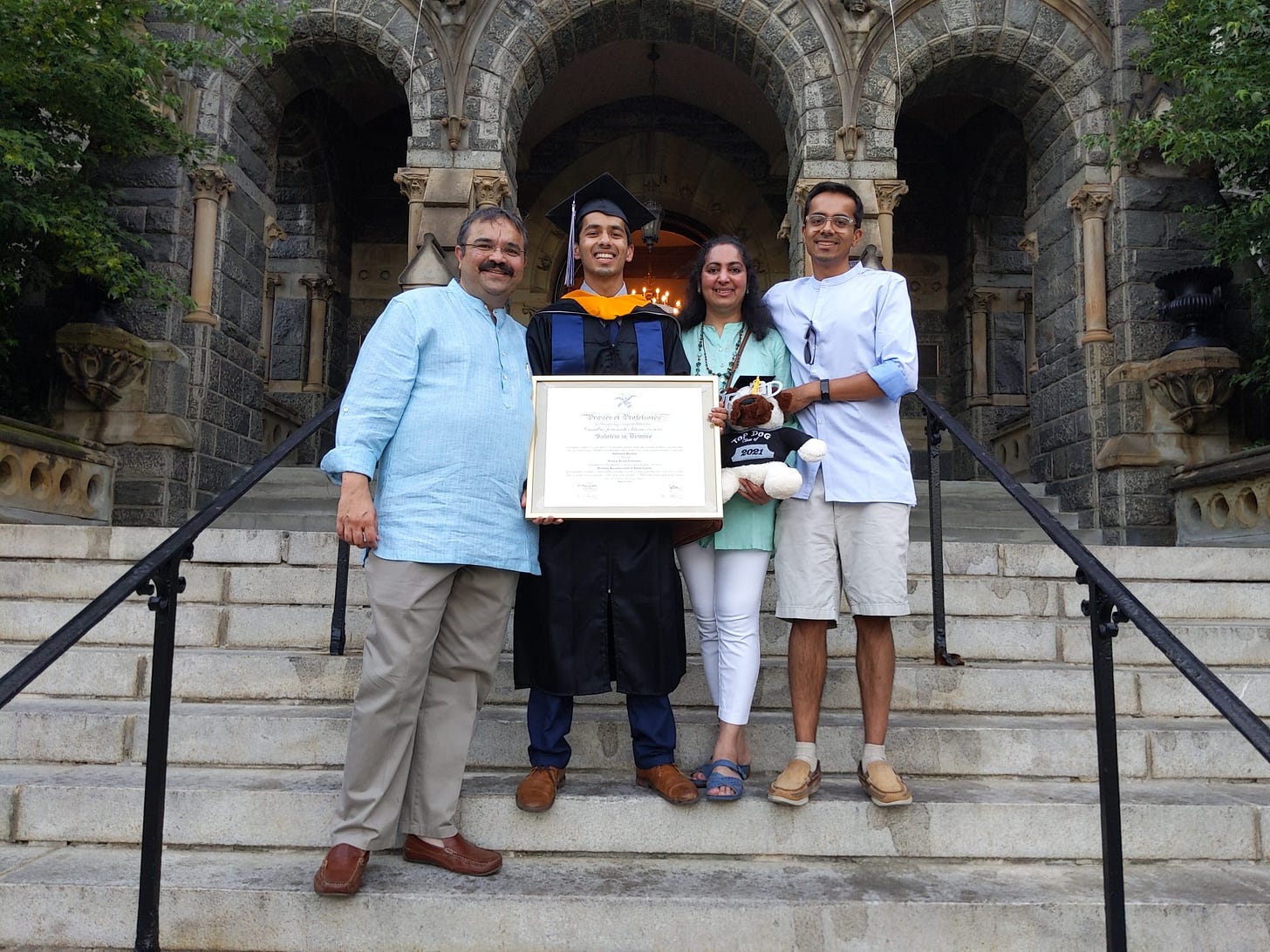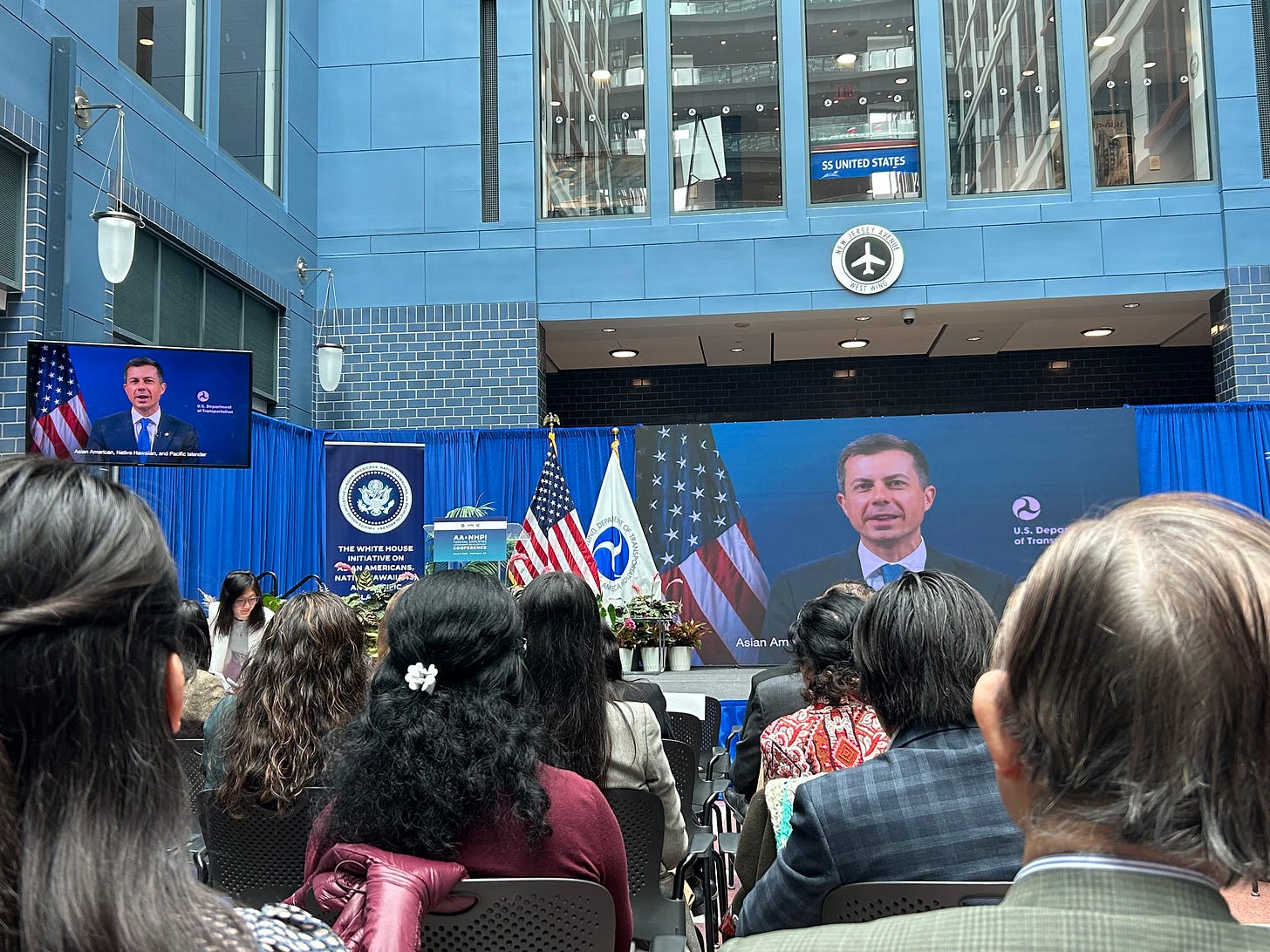You probably haven’t heard my last name before.
Like most of you, I have colleagues and friends with fascinating family stories. Parents growing up across the world — Brazil and Australia, or Germany and Japan — meeting in a random college town in America. Meanwhile, my family is almost entirely (as far as I can trace) from the same region in Northwest India.
That region, Marwar, is in the southwest of modern Rajasthan state. Marwar has a rich history of kings, wars, and trade. Most Marwaris are from the Vaishya caste – one of the four “castes” in India known for business, labor, and agriculture.1
As a result, Marwaris are commonly known as bankers, traders, industrialists and generally commerce-minded people. Marwaris make up a much smaller 8 million of India’s nearly 1.4 billion people, but to satisfy our people’s love for community we identify with even more tightly defined subgroups, like the Maheshwaris.
Maheshwaris were originally Rajputs, all from the Kshatriya warrior caste.2 In the 8th century, 72 Rajput families living in Marwar were inspired by the Hindu deity Lord Shiva (also known as Lord Mahesh) to become Vaishyas.3
The Maheshwari community is now over 2 million globally, but still consists of the same 72 family names. Three of these family names (Bhutada, Jhanwar, Maloo), slightly changed over time, are my mom’s, paternal grandmother, and maternal grandmother’s maiden names (Bhutra, Jhavar, and Maru).
So when did ‘Muchhal’ originate? Quite recently, actually.
Nine generations before me was my Maheshwari ancestor, Ram Karan Tawani. He worked in a king’s court in Marwar (by then known as Jodhpur city), and handled accounting and currency affairs. One day the king asked him to do something he disagreed with (what that was, I still don’t know).
In protest, Ram Karan left the kingdom and took multiple families with him. Those families returned over time, but Ram Karan would not budge, even after the king sent someone to appease him. Folks in the kingdom commended him by saying “hai to mooch wala,” directly translating to “he does have a mustache” but specifically meaning “he’s a person of his word and honor.” Mooch wala soon became Muchhal.4
Fast forward a couple hundred years to 1994, and Jitendra Muchhal marries Vijayalakshmi Bhutra. It was an arranged wedding like most weddings at the time, though did go on at least one coffee “date.” We celebrated their 30th anniversary last month.

Our story follows a common Indian immigrant playbook. Start in New York, then move to New Jersey. Find a good school district, save up for a brand-name college, and hope for a brand-name job. Teach them, for better or worse, to never get too comfortable. Stay close to your roots, no matter how far they are.
Instead of the roots of a tree, I imagine the rings on its trunk. A set of concentric circles, each with a slightly broader definition of identity: family, community, region, country, species, and so on.5 Regardless of when they were created — a few generations or a few millennia — we tend to hold onto them just as strongly.
There are overt ways I explore my concentric rings of identity. I do puja (prayer) on Sundays, and call my grandparents shortly after. I visit India regularly, and in the U.S. I remain involved with the Hindu Heritage Summer Camp.6
But every once in a while, I stumble upon new ways my predecessors shape me. When I started working, I found my Marwari precondition to closely track my earnings and expenses. When hiking in Patagonia, I realized I had my parents’ immigrant anxiety of asking countless questions to figure out everything that could go wrong, and always packing an extra snack.
This past week, I attended the White House Initiative for Asian American, Native Hawaiian, and Pacific Island (WHIAANHPI)’s annual conference, where I met other federal employees who shared this broad ring of identity. Over bubble tea (more on this later), we shared our other concentric rings. Some were the same, but many were similar: immigrant parents, large extended families in another country, and rich cultures we continue to explore.
It’s easy to identify with the rings closest to us — family names, communities, nation-states — but also easy to forget that they are social constructs. Each was a departure, a new name given or taken which quickly becomes another marker for who is “we.” They are not set in stone, and in the future, they might change. The more we remember the outer rings that we all share, the better.
Though, if I told my parents I wanted to start my own last name, they might disown me.
Within the Vaishya caste, Marwaris are generally from the Bania mercantile sub-caste. Most Banias are also vegetarian (more on this next). “Caste” is also in quotation marks as it’s a heavily debated term and concept, but I use it here for ease of communication.
Rajput is another subgroup overlapping with Marwaris. The term Rajput refers to a clan of warriors originally from the Rajputana region in in northern India near the border with Pakistan.
This origin story is written by K.K. Birla in his 2009 book, “Brushes with History.” A more interesting origin story for Maheshwaris, recorded by Sivkaran Ramratan Darak in 1923, states that “a prince was supported by 72 Rajputs in disrupting a sacrifice being made by some sages, who retaliated by cursing them such that they were turned to stone. It was Shiva who freed them from the curse, restoring them to life and thus inspiring their devotion.”
I didn’t know this story until last month. Neither did most of my family. It required multiple WhatsApp calls to India, but (like any good former journalist) I verified it with two separate family members.
This idea is far from original. The early Stoic philosopher Hierocles depicted the idea of oikeiosis through his concentric circles of identity: the innermost circle represented the individual; the surrounding circles stood for immediate family, extended family, local group, citizens, countrymen and humanity, in this order.
To read more about my visits to India, check out “A Park Called Home.” To read more about my experience with Hindu Heritage Summer Camp, check out “Where Country Roads Took Me.”




